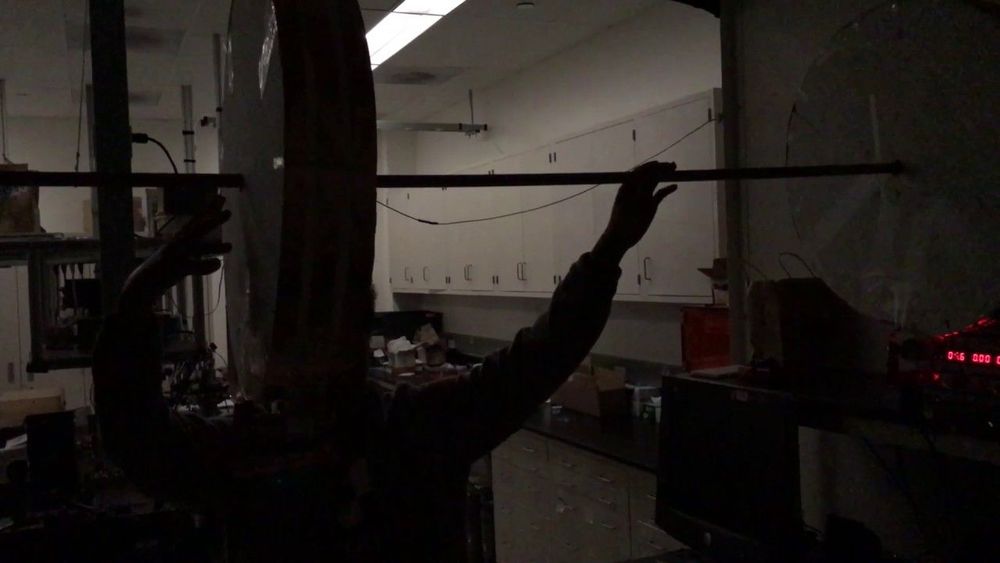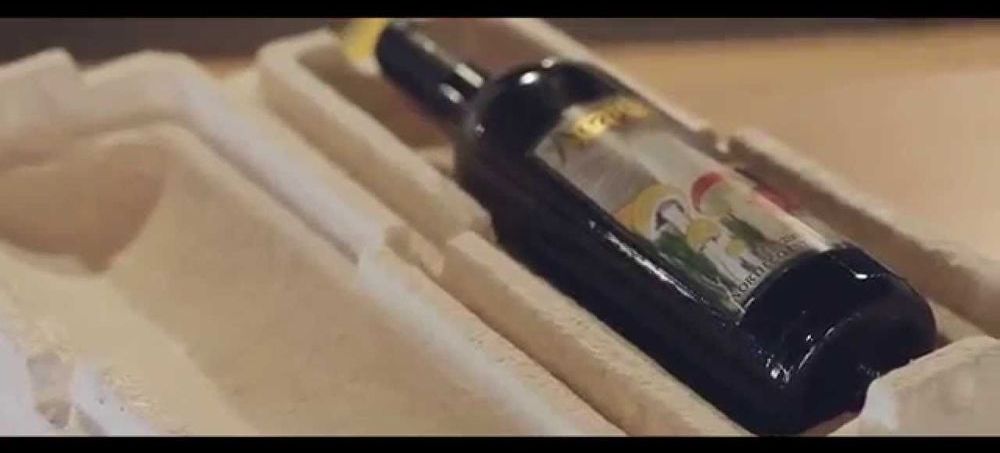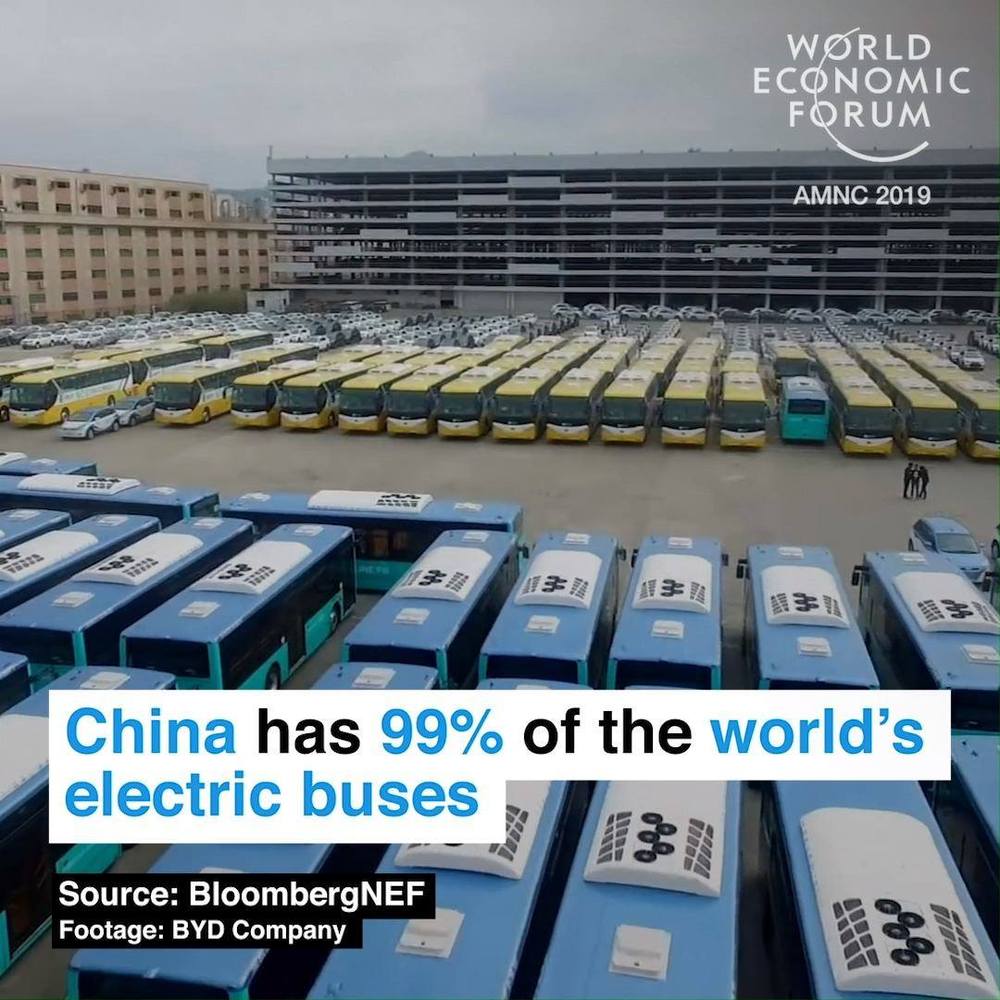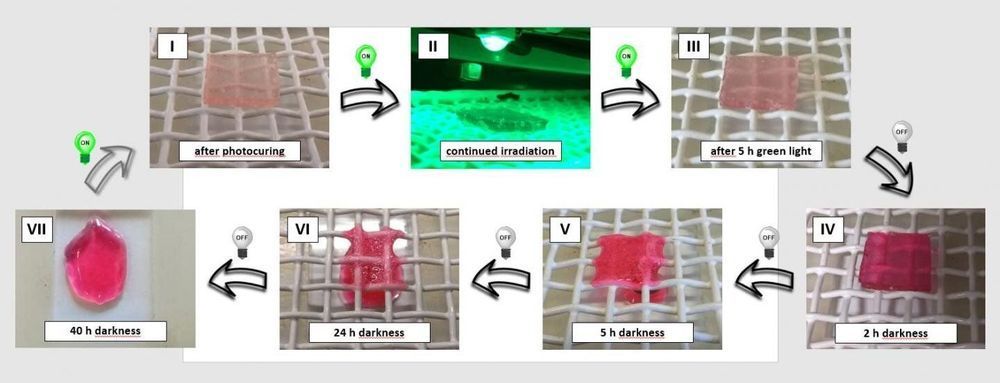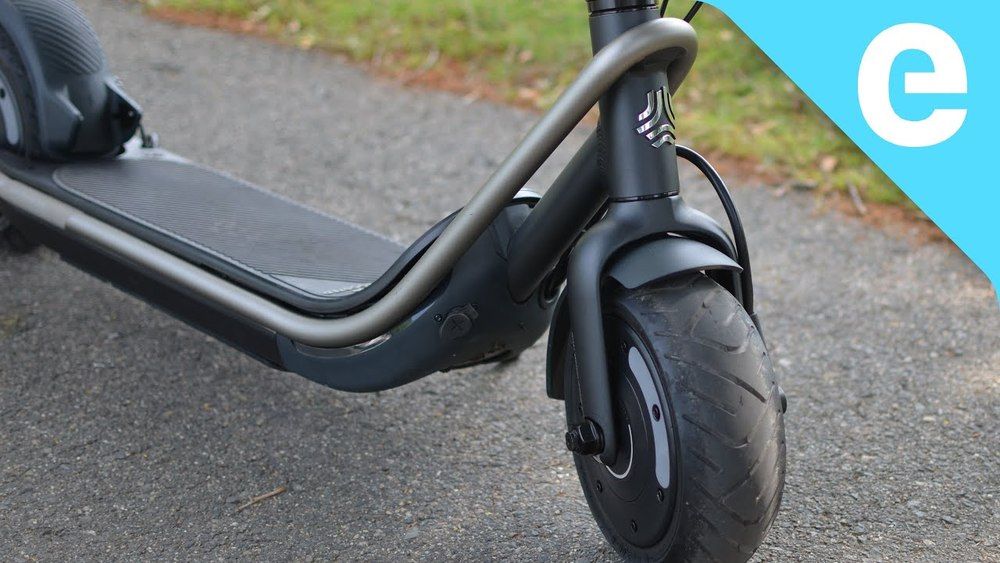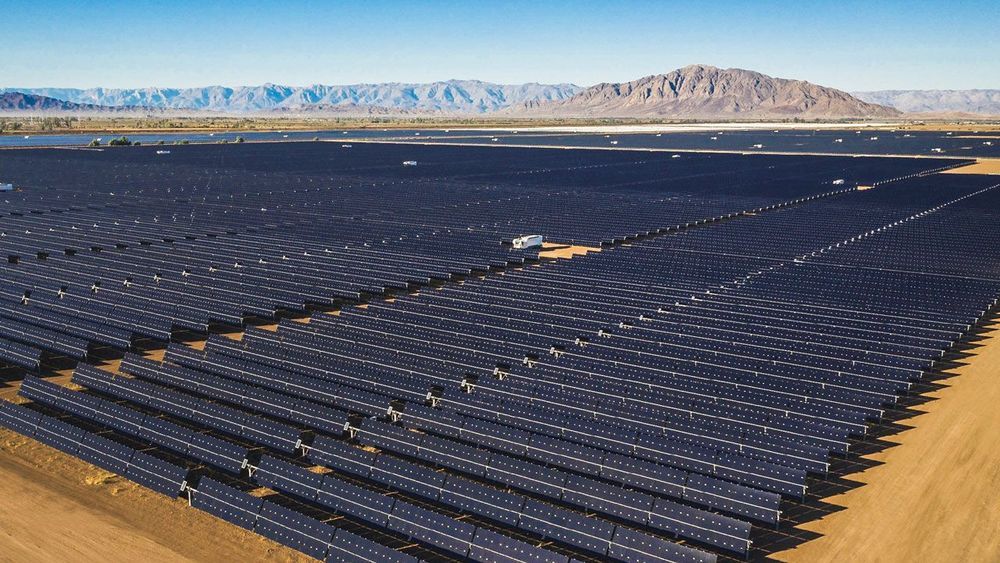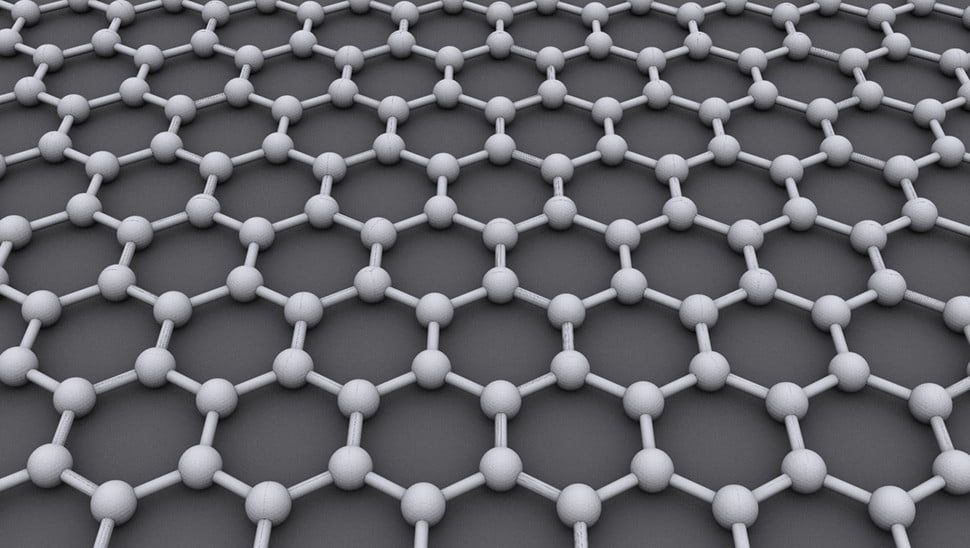
There’s no doubting that graphene, a single layer of graphite with the atoms arranged in a honeycomb hexagonal pattern, is one of science’s most versatile new materials. Capable of doing everything from filtering the color out of whisky to creating body armor that’s stronger than diamonds, graphene exhibits some truly unique qualities. However, while some mainstream uses of graphene have emerged, its use remains limited due to the challenge of producing it at scale. The most common way to make graphene still involves using sticky tape to strip a layer of atoms off ordinary graphite.
That’s something that researchers from the University of Rochester and the Netherlands’ Delft University of Technology have been working to change. They’ve figured out a way to mass produce graphene by mixing oxidized graphite with bacteria. Their method is cost-efficient, time-efficient, and sustainable — and may just make graphene a whole lot more available in the process.
“In our research, we have used bacteria to produce graphene materials on a bulk scale, and we showed that our material is conductive, and both thinner and able to be stored longer than chemically produced graphene materials,” Anne Meyer, professor of biology at the University of Rochester, told Digital Trends. “These properties demonstrate that our bacterial graphene would be well suited for a variety of applications, such as electrical ink or lightweight biosensors. Our approach is also incredibly simple and environmentally friendly compared to chemical approaches. All we have to do is mix our bacteria with the graphene precursor material, and leave them sitting on the benchtop overnight.”
